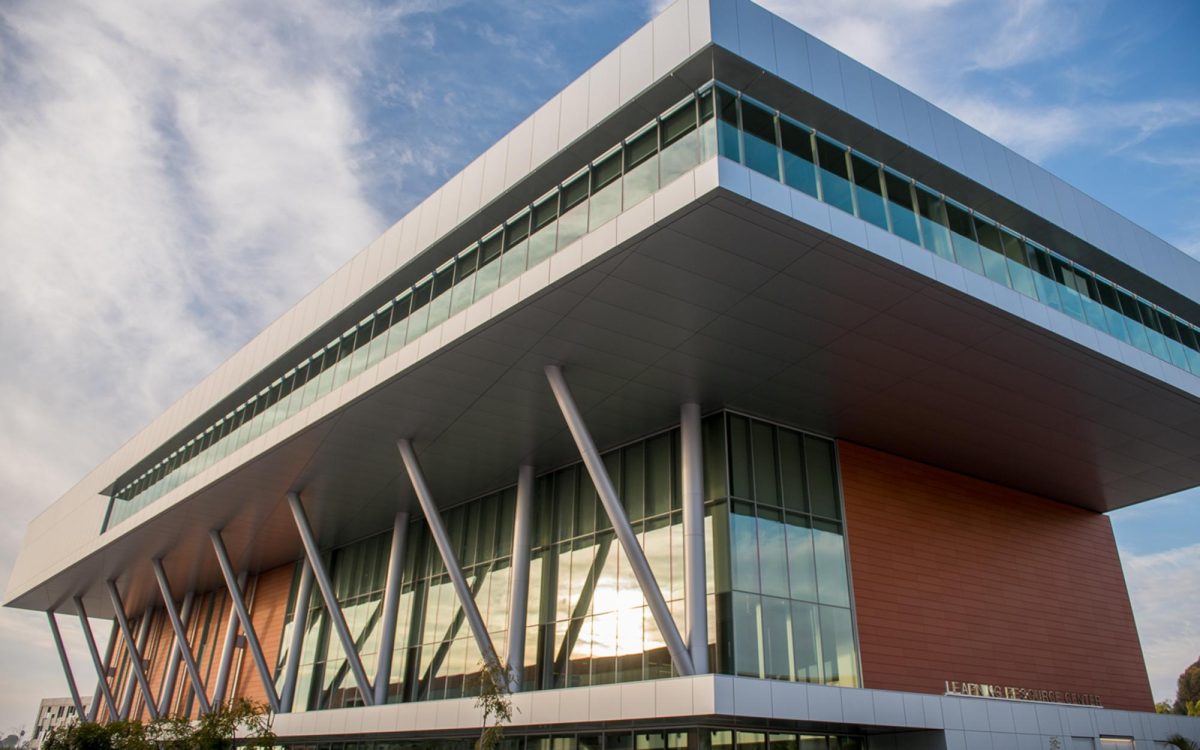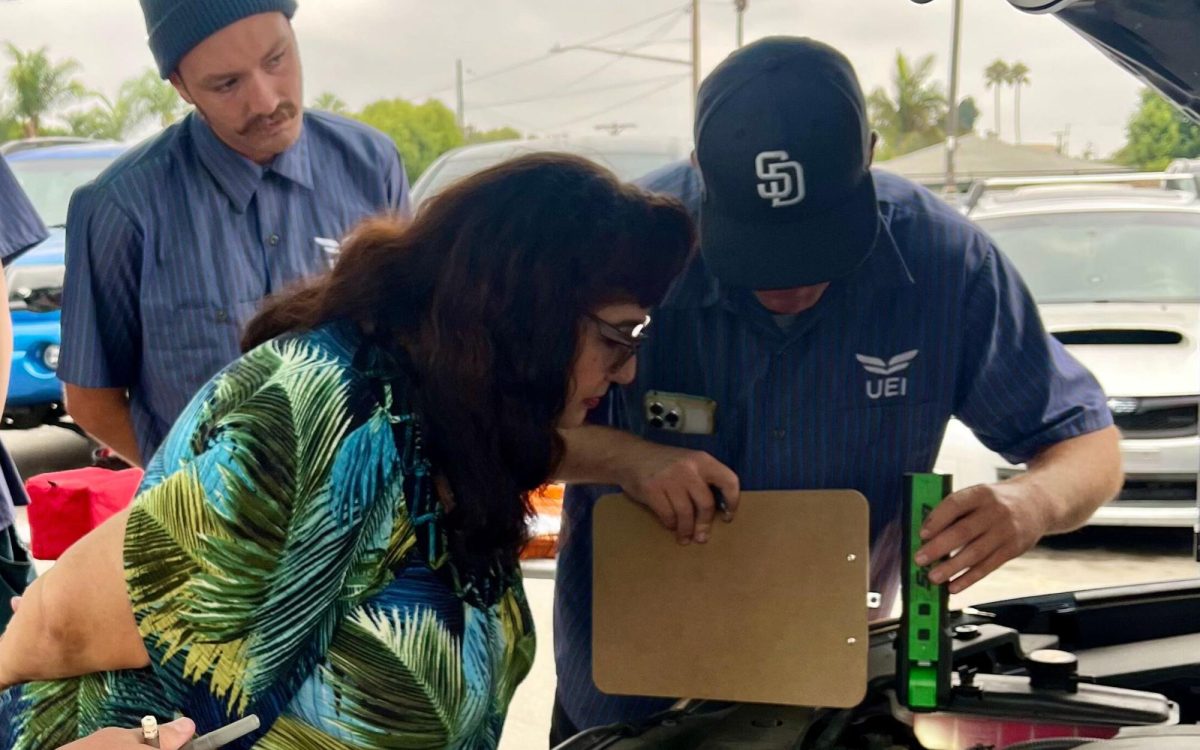The San Marcos Unified School District is home to one of San Diego County’s largest fleets of electric school buses after the launch Tuesday, Oct. 15, of new infrastructure supporting its green transportation goals.
The effort, developed in partnership with ENGIE North America, was celebrated by district and project officials during a “flip the switch” event at the district’s transportation center on Mata Way, which now has a microgrid for backup power, 40 electric-bus charging stations, infrastructure for an additional 35 charging stations, onsite solar power generation and battery energy storage.
The new infrastructure is expected to bring $40 million in net energy savings, district officials said.
“We are thrilled to be at the forefront of these cost savings measures that promote environmental stewardship and operational efficiency,” San Marcos Unified School District Superintendent Andy Johnsen said in a news release. “This project not only advances our sustainability goals but also enhances the learning environment for our students by ensuring that our resources are used effectively and responsibly.”
The district’s fleet of 84 buses now includes 33 electric buses, which were brought into service as part of the project’s first phase, the district stated in its news release.
The electric buses will still be able to charge during power outages since the new microgrid is designed to operate independently, drawing energy from the solar and battery storage system, according to the district.
In addition to the new infrastructure and buses, 19 district sites and one sports complex received interior and exterior LED lighting upgrades.
The district also installed:
✔ Solar power totaling 8,000 kilowatt-hours across three locations.
✔ Battery energy storage systems at two sites.
✔ Heating, ventilation and air conditioning upgrades at the North County Regional Education Center.
“Across the district, LED lighting retrofits at 19 sites will significantly cut energy costs,” Courtney Jenkins, vice president of energy solutions at ENGIE North America, said in the district’s news release. “The solar systems will produce renewable electricity that would otherwise be purchased from the grid, and battery energy storage will allow some of that clean power to be used during peak-demand hours to minimize utility surcharges. We are proud to partner with San Marcos to help enable such powerful environmental, economic and educational impact.”
Project funds are coming from a combination of federal and state resources, the district stated. The federal Inflation Reduction Act is expected to provide $3.5 million, in addition to $1.75 million in local grants and rebates. About $11.5 million in grants and incentives is going toward the purchase of 40 electric buses during the project’s first few years.







